Monday Memo: Gobble Gobble
By Holland Cooke
Consultant
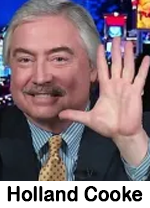 Running a successful radio station, hosting a show, or producing a podcast is a lot like hosting Thanksgiving dinner. You need a plan. You need to deliver something satisfying to a crowd with varying tastes. And most of all – if you get it right – you’ll have leftovers you can turn into even more value long after the main event.
Running a successful radio station, hosting a show, or producing a podcast is a lot like hosting Thanksgiving dinner. You need a plan. You need to deliver something satisfying to a crowd with varying tastes. And most of all – if you get it right – you’ll have leftovers you can turn into even more value long after the main event.
The Menu is the Strategy. You don’t just “wing it” on Thanksgiving. Same goes for your content. Who are you serving? What do they expect? Your content calendar is your shopping list. Your team is your kitchen crew. And if you’re still deciding what’s on the menu the morning of, don’t expect rave reviews.
Timing is the Secret Sauce. Get the turkey in too late, and the sides suffer. Hit “record” without a clear rundown, and the show flounders. Publish an episode at the wrong time? Lost in the noise. Stations, shows, and podcasts are all about flow and timing. Great pacing, clean execution, smart transitions. Just like the perfect meal, everything needs to hit the table hot and in the right order.
The Turkey is your Centerpiece. For a station, it’s your format or your tentpole talent. For a show, it’s the host or the day’s big segment. For a podcast, it might be your story structure or your featured guest. Nail the turkey, and people forgive a few lumpy mashed potatoes. Miss it – bland, dry, underwhelming – and no one remembers the green bean casserole.
The Sides are the Supporting Elements. News, weather, traffic, and imaging turn a decent meal into a memorable one. Great intros, tight sound design, and a well-timed punchline make your core content shine.
Different Tastes, One Table. Uncle Edgar wants deep-fried turkey. Your cousin’s vegan. Grandma’s still mad you skipped the marshmallows on the yams. Your audience is just as varied – P1 loyalists, casual browsers, podcast subscribers who never miss a week. You can’t be everything to everyone, but you can build a spread that makes multiple types of listeners feel seen. Know your audience segments. Serve accordingly.
Table Setting = Delivery Platform. Whether it’s FM, a podcast app, a smart speaker, or a website, presentation matters. Is the user experience smooth? Is the stream clean? Is the podcast art appealing? Are your links working? A cold plate on fine china is still cold. Don’t let great content get lost in clunky delivery.
Leftovers = Repurposing. You spent all that time prepping and recording. Don’t just serve it once. Chop up segments for social. Turn interviews into blog posts. Republish as “Best Of” content. Archive it smartly so people can find it later.
Leftover content, when handled right, can fuel long term engagement. Don’t throw away anything tasty just because the initial serving is over.
Thanksgiving reminds us that people crave connection, comfort, and a sense of occasion. So does your audience, whether they tune in live, stream on demand, or binge your podcast during a road trip.
So, plan well. Deliver hot. Serve generously. And whatever you do, don’t forget the gravy.
Happy Thanksgiving. Pass the ratings.
Holland Cooke (HollandCooke.com) is a consultant working the intersection of broadcasting and the Internet. Follow HC on Twitter @HollandCooke and connect on LinkedIn




 October 6, it debuted a new morning program it says is designed specifically for Milwaukee commuters. Civic Media says, “‘All News All Morning’ is hosted by veteran broadcaster Dan Hanni and features a format that syncs with the average commute time in Milwaukee. Every 20 minutes, listeners will hear local news, traffic, sports, and weather, ensuring they stay informed no matter when they tune in during their drive.” WAUK regional president and general manager Chris Moreau comments, “This is a no-frills approach to delivering what people look for in the morning. News and information that they can use to start the day without wading through padding, filler, fluff, and partisan opinion. And they can hear it all within the average commute time in Milwaukee.”
October 6, it debuted a new morning program it says is designed specifically for Milwaukee commuters. Civic Media says, “‘All News All Morning’ is hosted by veteran broadcaster Dan Hanni and features a format that syncs with the average commute time in Milwaukee. Every 20 minutes, listeners will hear local news, traffic, sports, and weather, ensuring they stay informed no matter when they tune in during their drive.” WAUK regional president and general manager Chris Moreau comments, “This is a no-frills approach to delivering what people look for in the morning. News and information that they can use to start the day without wading through padding, filler, fluff, and partisan opinion. And they can hear it all within the average commute time in Milwaukee.” 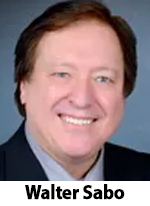 Amazon learned that there are high volume sales for specific categories of products. High demand equals high value to the seller. Items such as diapers, printer ink, staplers, batteries, etc. Being brilliant, Amazon created “Amazon Basics.” Same products, white labeled. Amazon doesn’t manufacture batteries; they just slap their logos on what America needs most. That’s why Mr. Bezos has a bigger boat than you.
Amazon learned that there are high volume sales for specific categories of products. High demand equals high value to the seller. Items such as diapers, printer ink, staplers, batteries, etc. Being brilliant, Amazon created “Amazon Basics.” Same products, white labeled. Amazon doesn’t manufacture batteries; they just slap their logos on what America needs most. That’s why Mr. Bezos has a bigger boat than you. Humility means to be teachable. It’s the most important trait of great leaders and managers. For years I looked forward to focus groups to reveal the top-of-mind awareness of media among listeners. These groups always reminded us of a listener’s life priorities which never included radio listening! They taught us the correct secular language to use in promos and slogans, and what they remembered versus what we wanted them to remember.
Humility means to be teachable. It’s the most important trait of great leaders and managers. For years I looked forward to focus groups to reveal the top-of-mind awareness of media among listeners. These groups always reminded us of a listener’s life priorities which never included radio listening! They taught us the correct secular language to use in promos and slogans, and what they remembered versus what we wanted them to remember.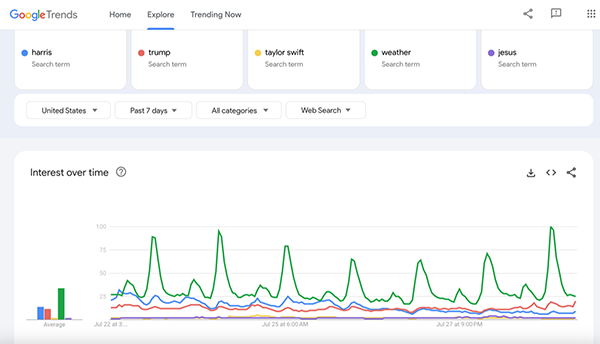
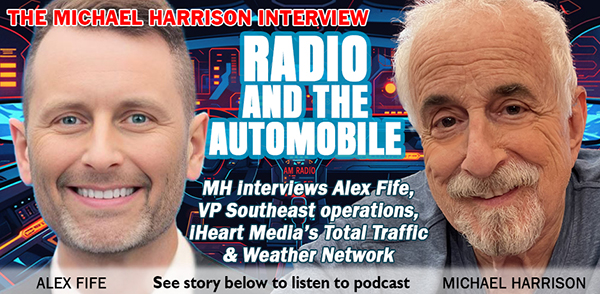
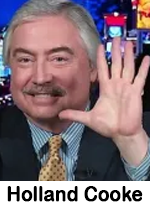 I am always impressed when I see-and-hear radio and TV stations swapping product.
I am always impressed when I see-and-hear radio and TV stations swapping product.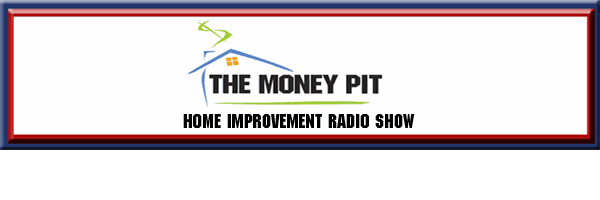
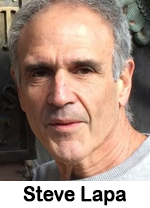 It’s time to start planning your holiday strategy.
It’s time to start planning your holiday strategy.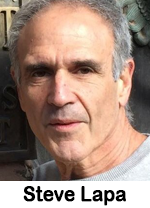 Is it just me, or has packaging become a lost art?
Is it just me, or has packaging become a lost art?